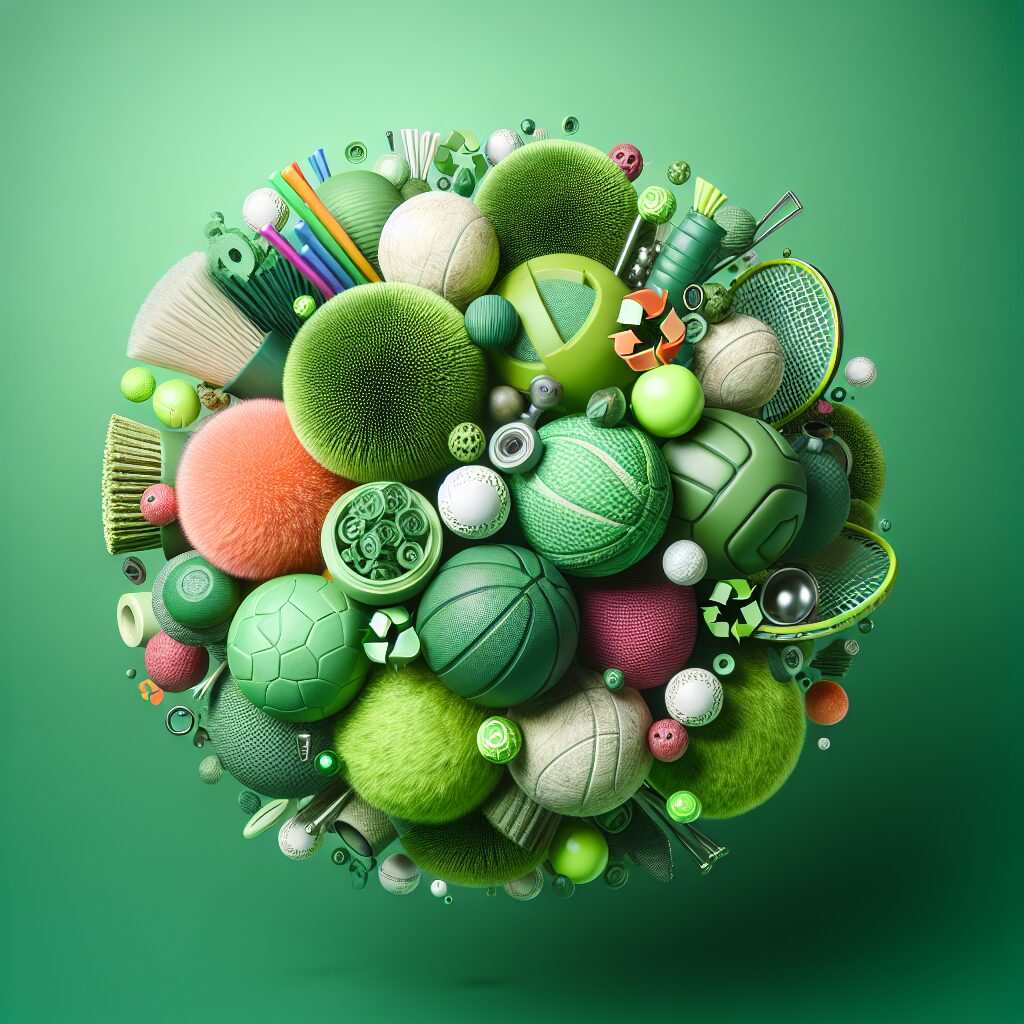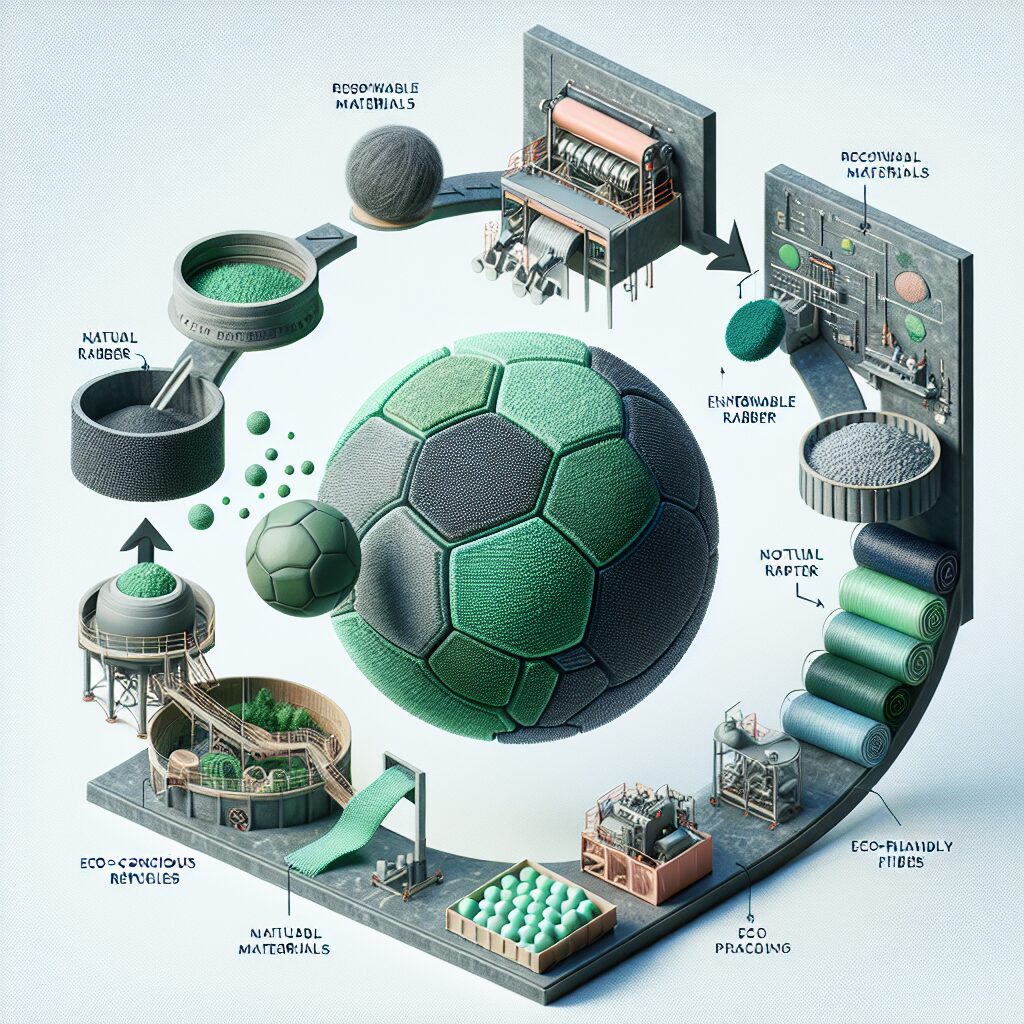Manufacturing Processes: The Heart of Ball Fabrication
In the fascinating world of ball fabrication, manufacturing processes hold the key to creating precision balls with exceptional quality. These balls, used in various industries such as automotive, aerospace, and medical, play a crucial role in numerous applications. From bearings to valves, the durability, accuracy, and performance of these small spherical wonders rely heavily on the meticulous manufacturing processes that bring them to life.
Achieving the desired characteristics and properties of ball bearings requires specialized expertise and advanced techniques. Manufacturers employ a range of processes, including forging, machining, and heat treatment, to shape the raw material into flawless spheres. Each step in the manufacturing process significantly impacts the final product, ensuring that the balls can withstand extreme conditions, provide smooth rotation, and reduce friction. Moreover, the precision achieved during manufacturing directly influences the operating efficiency and longevity of machinery and equipment that rely on ball bearings.
Now that we understand the importance of manufacturing processes in shaping high-quality balls, let us dive deeper into the key aspects and techniques involved. In the upcoming sections, we will explore the various stages of ball fabrication, including material selection, forming methods, quality control measures, and surface finishing techniques. By delving into these key takeaways, we will gain a comprehensive understanding of the meticulous processes that make ball manufacturing an engineering marvel. So, without further ado, let us embark on this intriguing journey into the heart of ball fabrication.
Key Takeaways
1. Material selection plays a crucial role in ball fabrication as the right choice can enhance the ball’s durability, performance, and resistance to wear and corrosion.
2. The ball manufacturing process involves various stages, including cold heading, machining, and heat treatment, each contributing to the final product’s quality and precision.
3. The importance of quality control cannot be overstated, as proper monitoring and testing throughout the manufacturing process ensure that the balls meet specific standards and performance requirements.
4. Surface treatment techniques, such as polishing, linishing, and coating, improve the ball’s appearance, smoothness, and resistance to surface damage, making them suitable for a wide range of applications.
5. Advanced manufacturing technologies, like automated machinery and robotics, have revolutionized ball fabrication, increasing efficiency, precision, and consistency while reducing costs and human error.
Manufacturing Processes: How are Balls Fabricated?
The Importance of Manufacturing Processes in Ball Fabrication
Manufacturing processes play a crucial role in the fabrication of balls. These processes involve various techniques and steps that are vital for producing high-quality balls that meet the required specifications. The manufacturing processes used greatly affect the overall performance and durability of the balls. In this section, we will delve into the key manufacturing processes involved in ball fabrication.
Casting: The Initial Stage
Casting is one of the primary manufacturing processes used in the production of balls. It involves pouring molten metal into a mold, which gives the balls their initial shape. This process allows for flexibility in producing various sizes and materials of balls. It is crucial to control the temperature, pouring rate, and mold design to ensure accurate and consistent ball shapes.
Heat Treatment: Enhancing Ball Properties
After casting, heat treatment is performed to enhance the physical and mechanical properties of the balls. Heat treatment involves subjecting the balls to controlled heating and cooling processes. This helps in achieving the desired hardness, strength, and resistance to wear and fatigue. The right heat treatment process significantly improves the overall performance and lifespan of the balls.
Grinding: Refining Ball Surface
Grinding is a critical process that refines the surface of the balls to achieve precise dimensions and smoothness. This process involves using abrasive wheels to remove excess material and create a fine and polished surface. Grinding ensures that the balls have a consistent size, shape, and surface finish, enabling them to perform optimally in different applications.
Quality Control: Ensuring Optimum Standards
Quality control is an integral part of the manufacturing processes in ball fabrication. This stage involves thorough inspection and testing, ensuring that the balls meet the required standards and specifications. Various quality control measures, including dimensional checks, hardness testing, and surface analysis, are conducted to guarantee the quality and reliability of the final product.
Surface Coating: Protection and Customization
Surface coating is often applied to balls to provide additional protection against corrosion, wear, and tear. This process involves depositing a thin protective layer on the surface of the balls, which can be made of materials like chrome, nickel, or various polymers. Additionally, surface coating allows for customization by adding color or specific properties to meet specific application requirements.
Assembly: Bringing it All Together
In the assembly stage, the fabricated balls may undergo further processes to attach additional components or integrate them into larger structures. Assembly techniques can include welding, threading, or using adhesives to join the balls with other parts. This step ensures that the balls are ready for their intended use, whether it be in industrial machinery, automotive applications, or other fields.
Guide: Tips for Optimizing Ball Fabrication Processes
- Choose the appropriate casting material based on the desired properties of the balls.
- Implement strict quality control measures to ensure consistent and reliable ball production.
- Optimize heat treatment processes to enhance the hardness and strength of the balls.
- Regularly inspect and maintain grinding machines to achieve precise ball dimensions and surface finish.
- Stay updated with advancements in surface coating technologies to provide better protection and customization options for the balls.
- Continuously improve assembly techniques to ensure optimal integration of the balls in various applications.
Frequently Asked Questions
What is ball fabrication?
Ball fabrication refers to the process of manufacturing spherical objects, typically made from materials such as metal, plastic, or rubber.
Why are manufacturing processes crucial in ball fabrication?
Manufacturing processes are vital in ball fabrication as they determine the quality, durability, and performance of the final product. These processes include forging, casting, machining, and heat treatment.
What are the common materials used in ball fabrication?
The most commonly used materials in ball fabrication are steel, stainless steel, ceramic, and plastic.
What is the forging process in ball fabrication?
Forging is a manufacturing process that involves shaping the ball by hammering or pressing hot metal into a die. This process increases the strength and ensures a uniform grain structure in the material.
How is casting utilized in ball fabrication?
Casting involves pouring a molten material, such as metal, into a mold to shape the ball. This process allows for complex shapes and is often used in high-volume production.
Can you describe the machining process in ball fabrication?
Machining utilizes cutting tools to remove excess material from the ball and create the desired shape and size. This process is critical for achieving tight tolerances and smooth surface finishes.
What is heat treatment in ball fabrication?
Heat treatment involves subjecting the ball to controlled heating and cooling processes to modify its physical properties. This process enhances the ball’s hardness, strength, and resistance to wear.
What quality control measures are implemented in ball fabrication?
Ball fabrication undergoes rigorous quality control measures, including dimensional inspections, hardness testing, surface roughness analysis, and performance evaluation through specialized equipment.
How are balls used in various industries?
Balls manufactured through fabrication processes find extensive applications in industries such as automotive, aerospace, manufacturing machinery, medical equipment, and sports equipment.
What are some challenges faced in ball fabrication?
Challenges in ball fabrication include maintaining dimensional accuracy, ensuring consistent material properties, controlling surface finish, and meeting strict industry standards.
Are there any eco-friendly practices in ball fabrication?
Yes, many manufacturers have implemented eco-friendly practices in ball fabrication, such as using sustainable materials, optimizing energy consumption, reducing waste, and implementing recycling programs.
Final Thoughts on Manufacturing Processes: The Heart of Ball Fabrication
The manufacturing processes involved in ball fabrication play a crucial role in producing high-quality balls that meet the requirements of various industries. From forging to heat treatment, each process contributes to the strength, durability, and performance of the final product. Manufacturers need to prioritize precision and excellence in these processes to ensure consistent quality and customer satisfaction.
Moreover, continuous research and development in ball fabrication processes are essential to overcome challenges and improve efficiency. By adopting eco-friendly practices, manufacturers can also contribute to sustainable manufacturing while meeting the demanding needs of the market. Ultimately, understanding and valuing the importance of manufacturing processes is key to achieving excellence in ball fabrication and maintaining a competitive edge in the industry.




